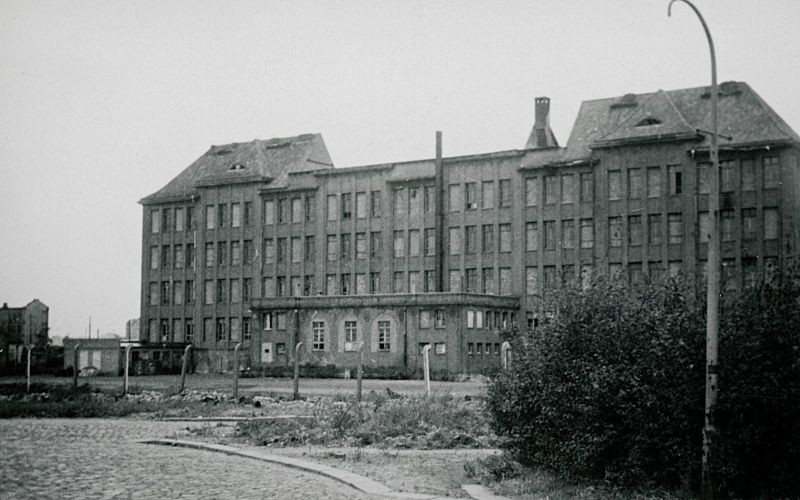The children of Bullenhuser Damm
Mediathek Sorted
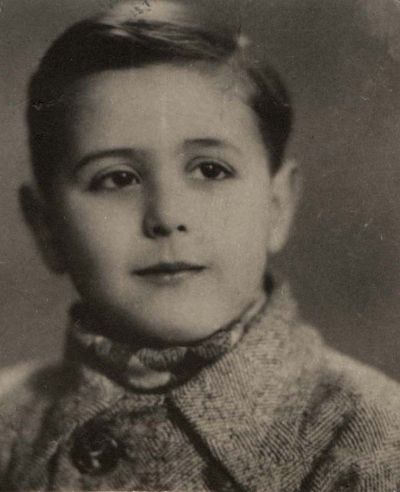
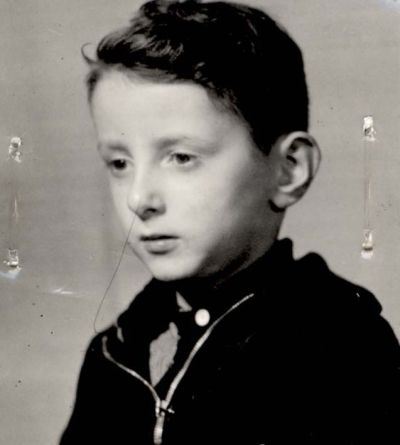
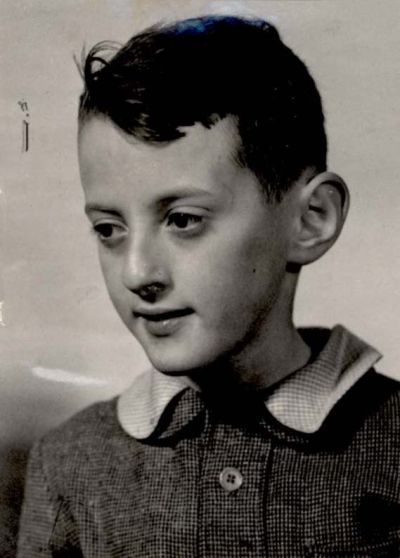
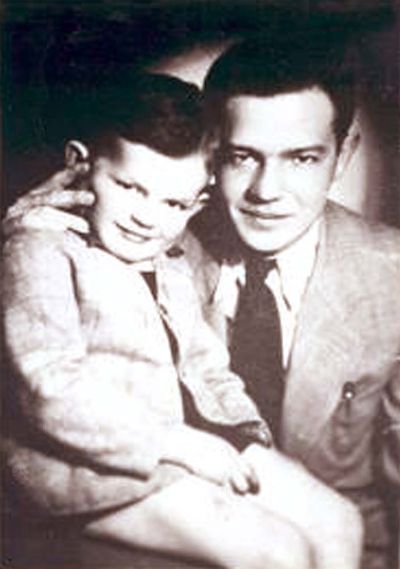

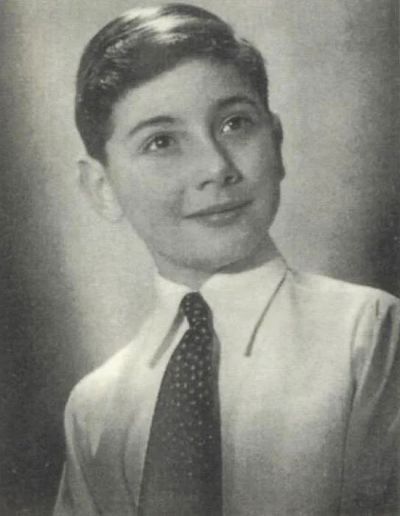
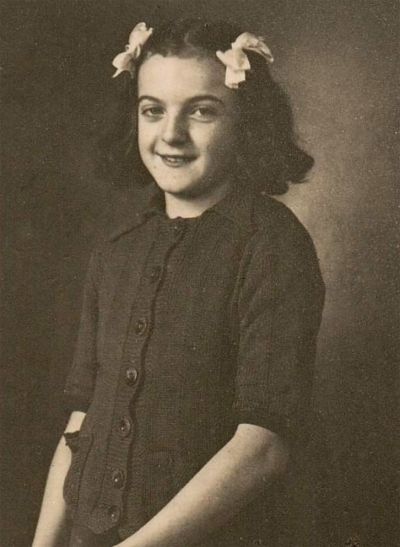
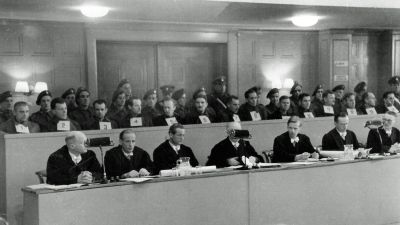
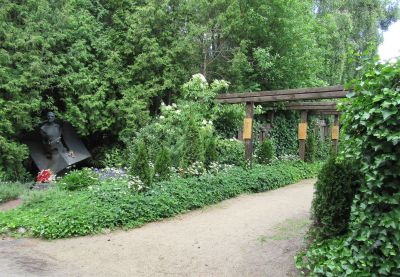
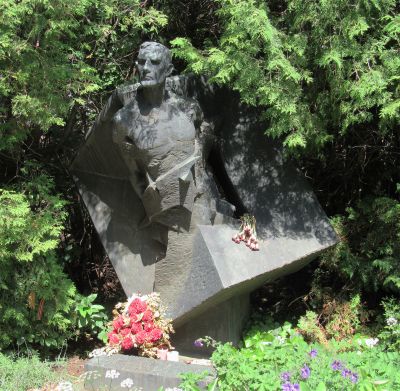
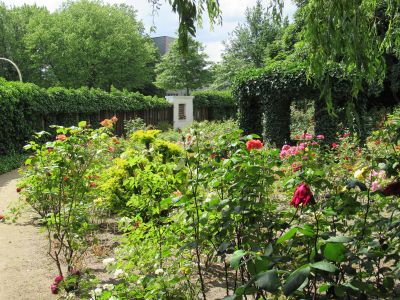
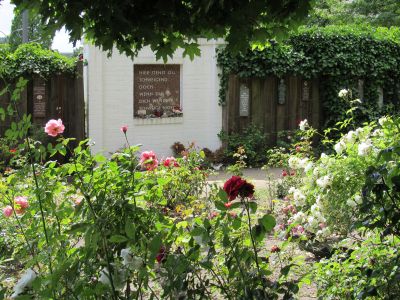
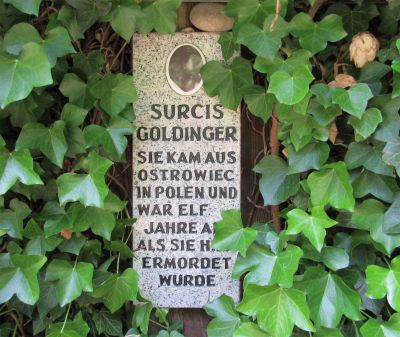
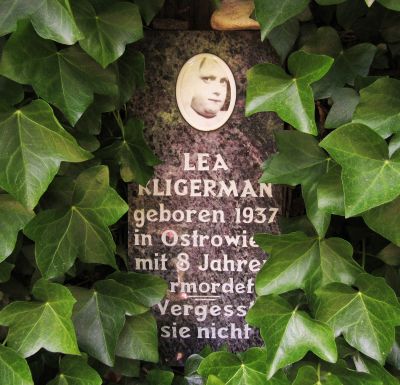
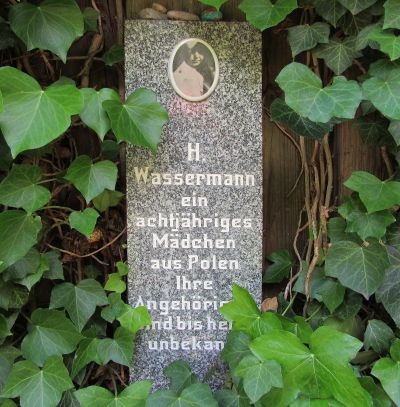
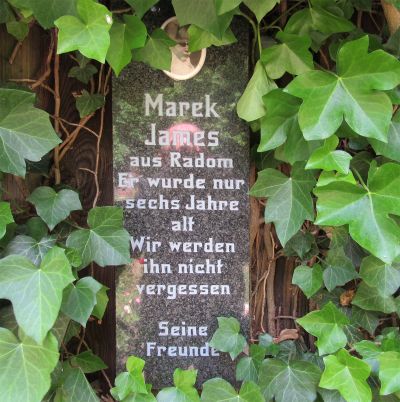
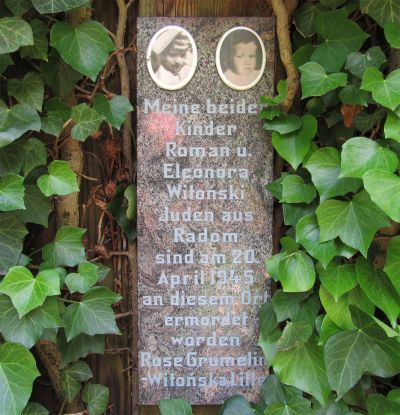
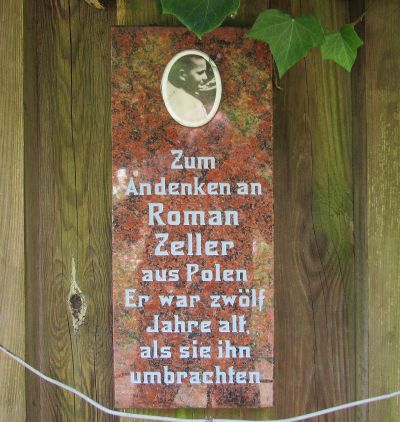

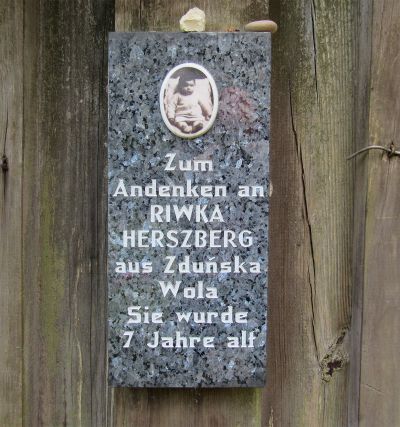
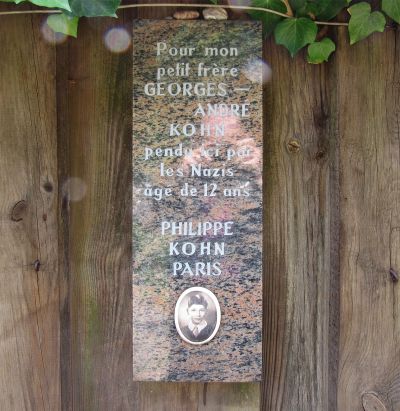
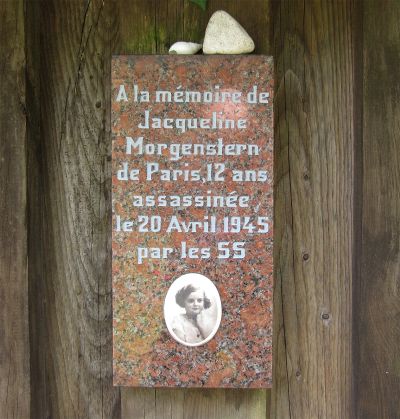
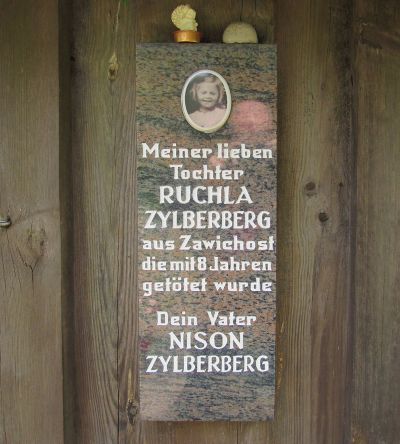
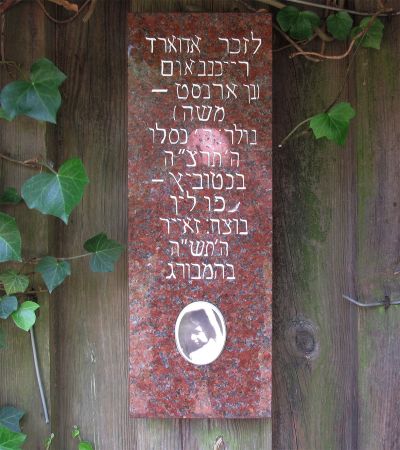
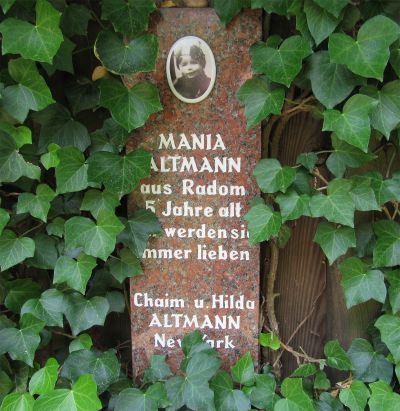

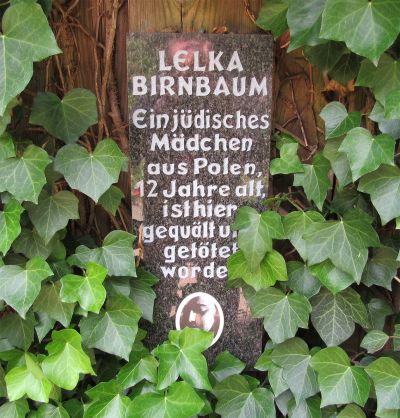
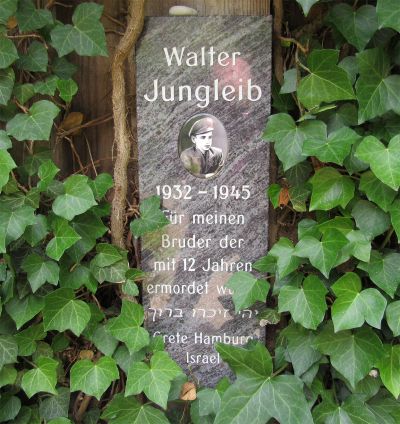
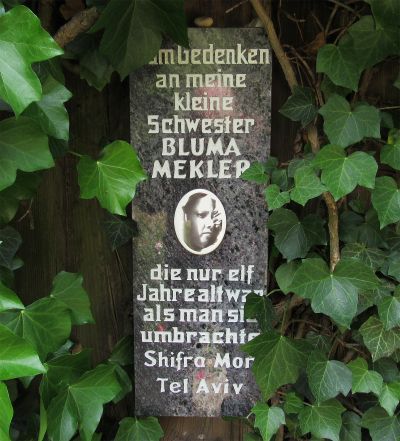
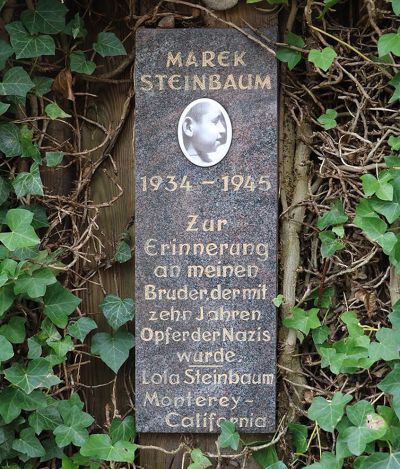
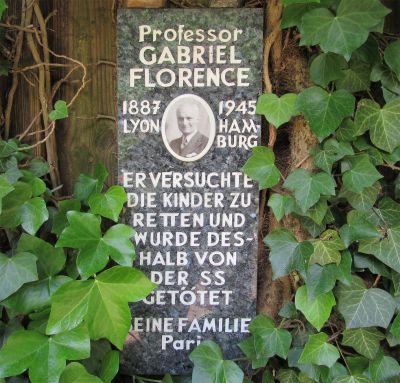

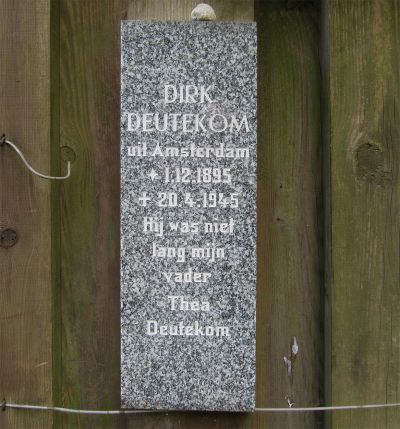
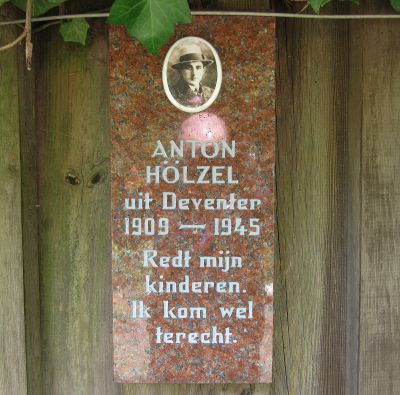
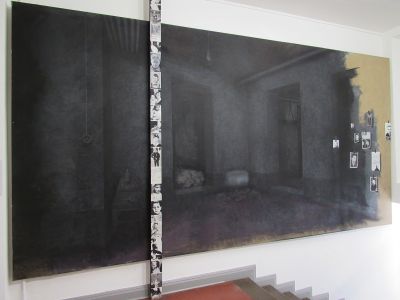
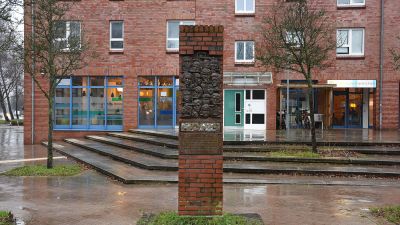
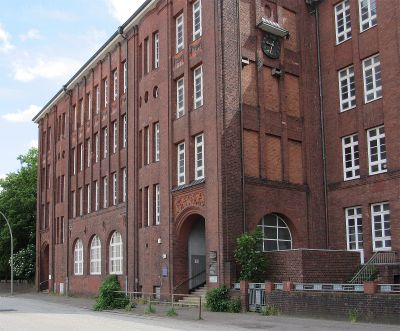
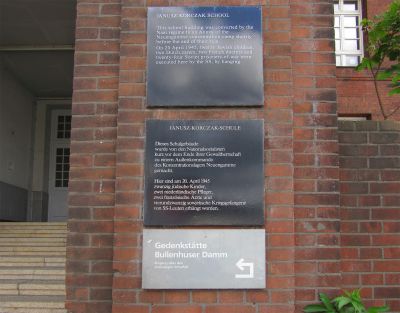
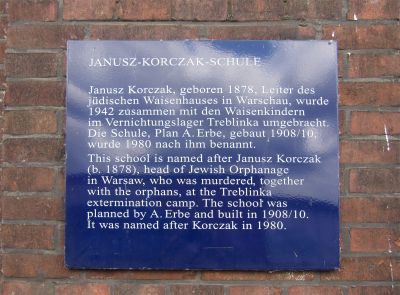
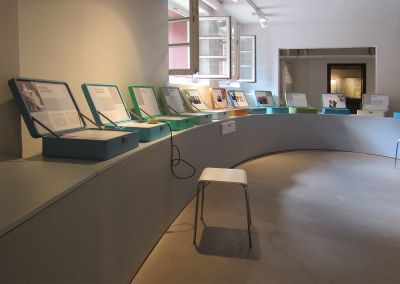
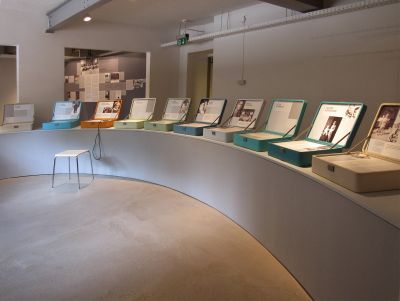
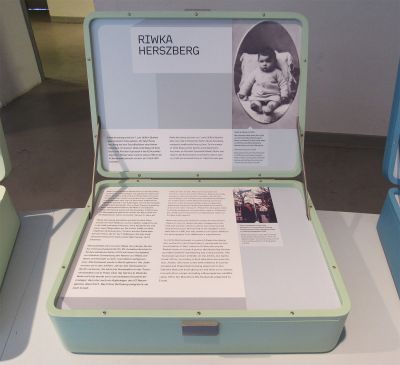
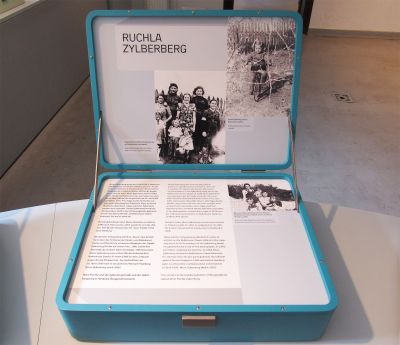
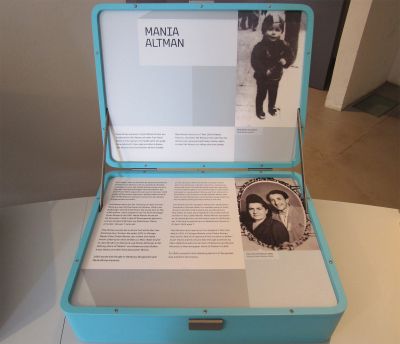
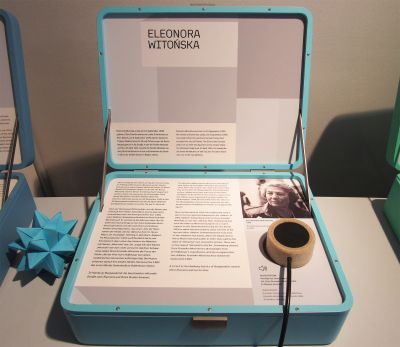
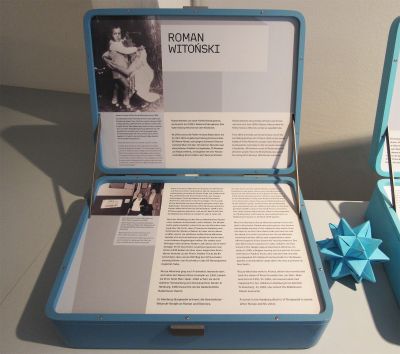

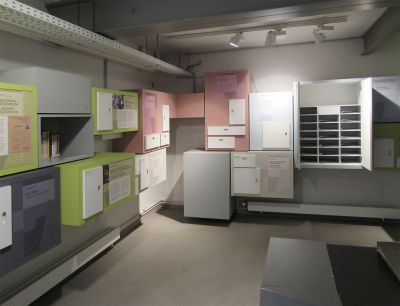
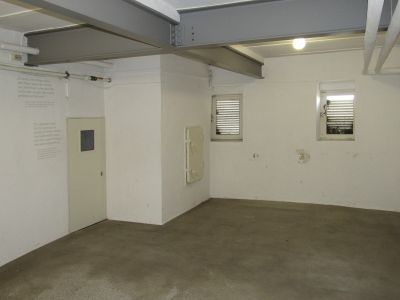
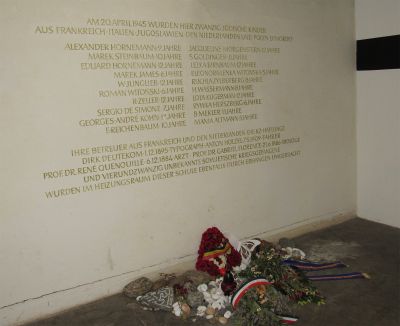

At the end of April 1944, Heißmeyer and Dr. Enno Lolling, formerly a camp doctor at Dachau and Sachsenhausen concentration camps and now head of the Office for Medical Services and Camp Hygiene (Amt für Sanitätswesen und Lagerhygiene) of the SS Main Economic and Administrative Office, travelled to Neuengamme for the first time. The camp commander, Max Pauly, had arranged for a barracks to be specially prepared for Heißmeyer’s experiments. The windows were painted white and a wooden plank fence was erected to prevent anyone from being able to see what was happening inside. At Neuengamme, Heißmeyer was introduced to the camp doctor, Dr. Alfred Trzebinski, who was assigned the task of monitoring the experiments.
The trials began in June 1944, and were initially mainly conducted on Polish and Soviet prisoners. The test subjects were first chosen from three groups of sick prisoners: those with double-sided lung tuberculosis, those with just one infected lung, and those with tuberculosis in other organs. Next, healthy prisoners were infected with tuberculosis as a “control”. The highly infectious living tuberculosis bacilli used by Heißmeyer came from a bacteriological institute in Berlin which had no knowledge of the human experiments. Even the creation of the injection solutions in the barracks in Neuengamme took place under unprofessional and therefore life-threatening conditions. The prisoners were injected with living bacilli strains in the area of the heart muscle. After one week, lymph nodes were removed from their bodies and sent to Berlin and used to obtain new TB cultures. These cultures were again injected into the test subjects every 14 days. At the same time, their own infected saliva was rubbed into scratches on their skin. Tuberculosis serum was introduced into the lungs of the healthy subjects via a rubber tube.
Initially, two imprisoned Polish doctors, Dr. Tadeusz Kowalski, who had previously been interned at Auschwitz, and Dr. Zygmunt Szafrański, were assigned the task of monitoring the progress of the test subjects. Both survived the war and were able to testify before the courts in 1946, Kowalski before the British military court in Hamburg during the main Neuengamme trial, and Szafrański before the examining magistrate in Radom, Kazimierz Borys.[8] Heißmeyer later replaced Kowalski and Szafrański with two imprisoned French doctors, Prof. Gabriel Florence and Dr. René Quenouille, who were hanged together with the children on 20 April 1945 in order to prevent them from testifying in the courts. It is not known how many adults were subjected to Heißmeyer’s pseudo-medical experiments. Overall, the figure is probably more than a hundred. The medical records of 32 test subjects have been preserved. At least 16 healthy prisoners were infected with tuberculosis.[9] They suffered from high fever, swelling of the lymph nodes, infections, and the formation of abscesses. After the experiments had been completed, several of the prisoners were executed and dissected, and the findings were analysed by Heißmeyer. Others died days or weeks afterwards. The survivors remained severely ill.[10]
On 22 March 1946, Dr. Tadeusz Kowalski gave the following statement in the main Neuengamme trial in Hamburg, also known as the Curiohaus Trial: “He [Heißmeyer] first came in the summer of 1944 and ordered the SDG [the SS medical service, SS-Sanitätsdienstgrad] to bring 50 sick prisoners from area II [...]. Of these 50, he selected 20 or 25 with single-lung TB. [...] They were Russians and Poles. […] Dr. Schrapansky [Szafrański] was interned with them for six days. He was strictly forbidden to go out. His food was brought by the SDG. He was required to record the state of the ill prisoners and to make clinical observations, while ensuring that cleanliness and order were maintained. [...] I have seen photographs with rubber tubes that were guided through the bronchi into the lungs. The photographs were taken by Prof. Heißmeyer. Quenouille was also present and said that he had injected either TB sputum or special TB into the healthy lung. [...] After a few weeks, Quenouille showed new X-ray images on which large, specific infiltrates could be seen. They also conducted inunctions on other sick prisoners, and a few weeks later, glands were removed from them. These patients later became extremely ill, and I know for a fact that by 18 April [1945], 50 % of them had died”.[11]
[8] “Vor Gericht machte [Kowalski] detaillierte Angaben zu den Menschenversuchen, die der Arzt Dr. Kurt Heißmeyer dort an Häftlingen durchführte.” (“Before the court, [Kowalski] gave detailed information about the human experiments conducted there by Dr. Kurt Heißmeyer.”) / exhibition panel, Die Zeugen im Hauptprozess zum KZ Neuengamme (The Witnesses in the Main Neuengamme Concentration Camp Trial), http://media.offenes-archiv.de/Rathausausstellung_2017_Curio_10.pdf. In Poland, Kowalski gave a lecture before the local medical community in Kowary on 27/6/1946, during which he reported on the experiments. A summary appeared in the journal Śląska Gazeta Lekarska, Volume 2, 1946, No. 11, page 712; online resource: https://sbc.org.pl/dlibra/publication/391232/edition/368708/content. – Witness Szafrański Zygmunt, at: Zapisy terroru, https://www.zapisyterroru.pl/dlibra/publication/2017/edition/1999/content?&navref=MWswOzFqaSAyeDE7MndpIDFrMTsxamo
[9] Schwarberg: SS-Arzt 1997 (see Bibliography), page 33–36, and Sterkowicz 1977/2021, see Bibliography and Online
[10] Medizinische Experimente an Häftlingen: Die Tuberkuloseexperimente des SS-Arztes Dr. Kurt Heißmeyer, at: Mediathek Ausstellungen Neuengamme, http://www.neuengamme-ausstellungen.info/content/documents/thm/ha3_5_1_2_thm_2523.pdf
[11] Curiohaus-Prozess 1969 (see Bibliography), page 100 f., quoted from: Medizinische Experimente an Häftlingen (see footnote 10)





















































































